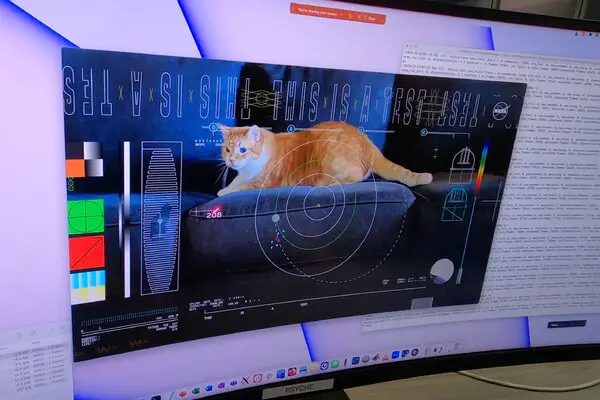


In a groundbreaking achievement, NASA successfully transmitted an ultra-high definition video from a cat named Taters located nearly 19 million miles away. This feat is part of NASA’s Deep Space Optical Communications experiment, demonstrating the capability of streaming high-bandwidth video and data from deep space.
On December 11, the experiment beamed a 15-second test video using a state-of-the-art instrument called a flight laser transceiver. The video signal covered a record-setting distance of 19 million miles, taking 101 seconds to travel back to Earth. The instrument utilized an encoded near-infrared laser to transmit the video to the Hale Telescope at Caltech’s Palomar Observatory in California.
From there, the video was downloaded and sent “live” to NASA’s Jet Propulsion Laboratory in Southern California, where it was played in real time.
The laser communications demonstration, launched with NASA’s Psyche mission, aims to transmit data from deep space at rates 10 to 100 times faster than current radio frequency systems. As the Psyche mission travels to the main asteroid belt between Mars and Jupiter, this technology will enable high-data-rate signals to be sent as far as Mars.
The success of this demonstration is crucial for future interplanetary missions, facilitating the transmission of complex scientific information, high-definition imagery, and video, supporting humanity’s aspirations, including the eventual goal of sending humans to Mars.
The milestone not only showcases technological advancements but also adds a touch of whimsy, as the video featuring Taters, the cat, was created to make the event more memorable. This achievement underscores NASA’s dedication to advancing optical communications and meeting the future data transmission needs for ambitious exploration and scientific goals.

